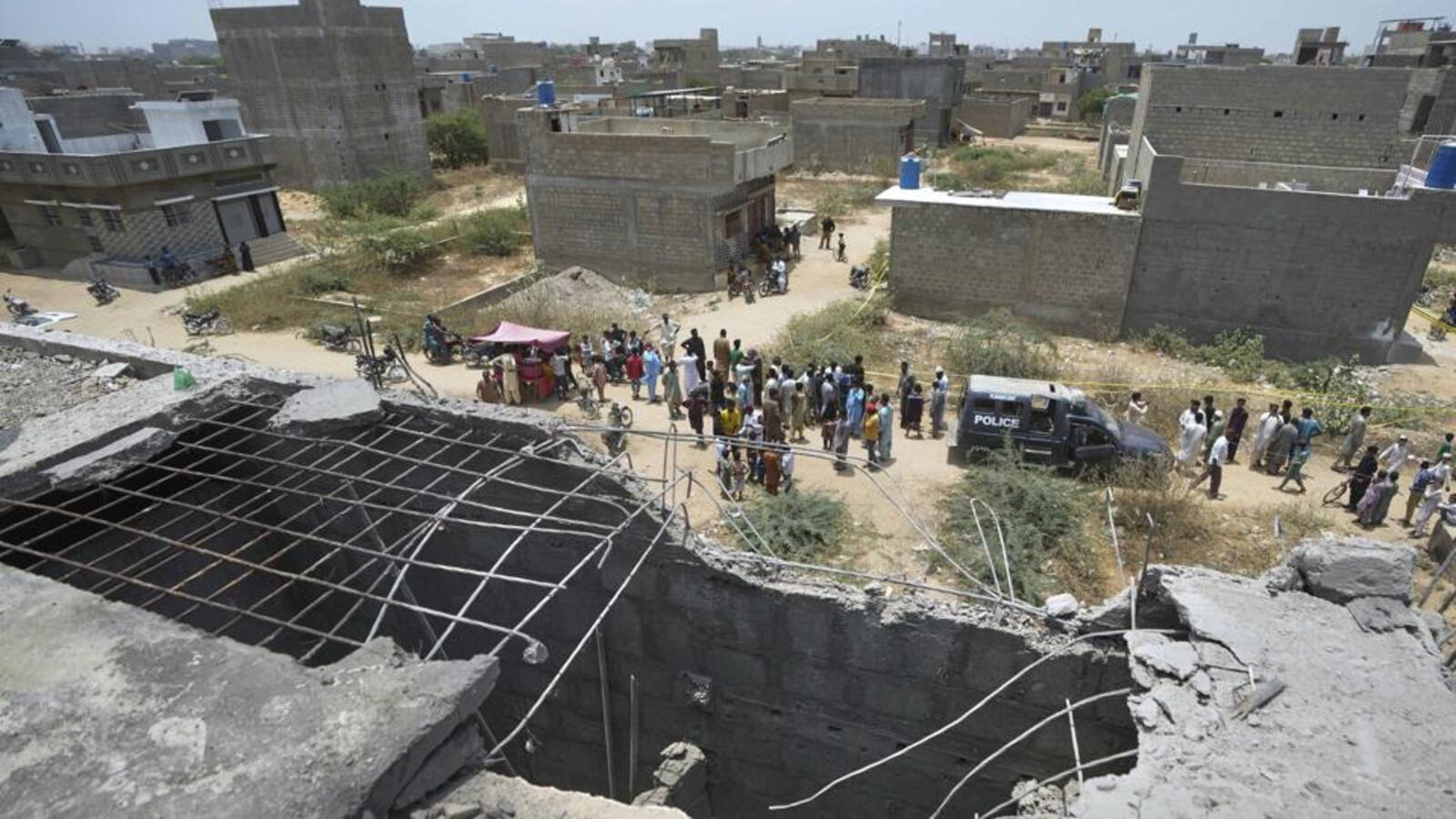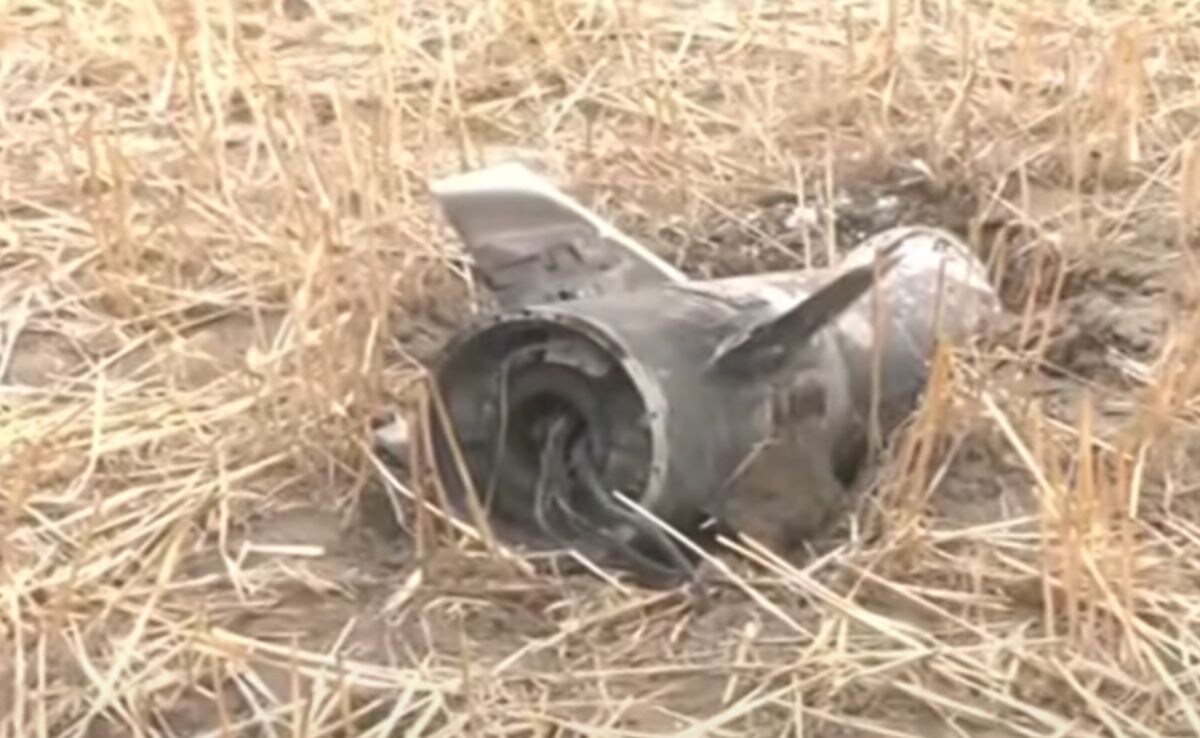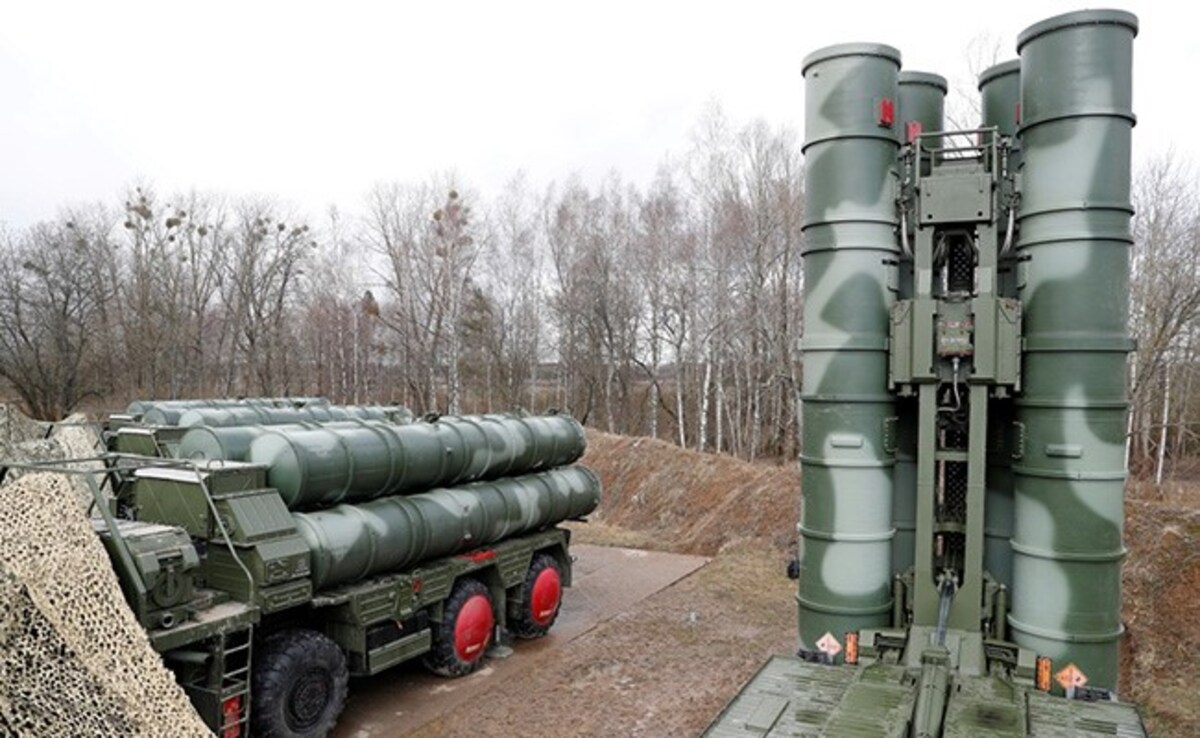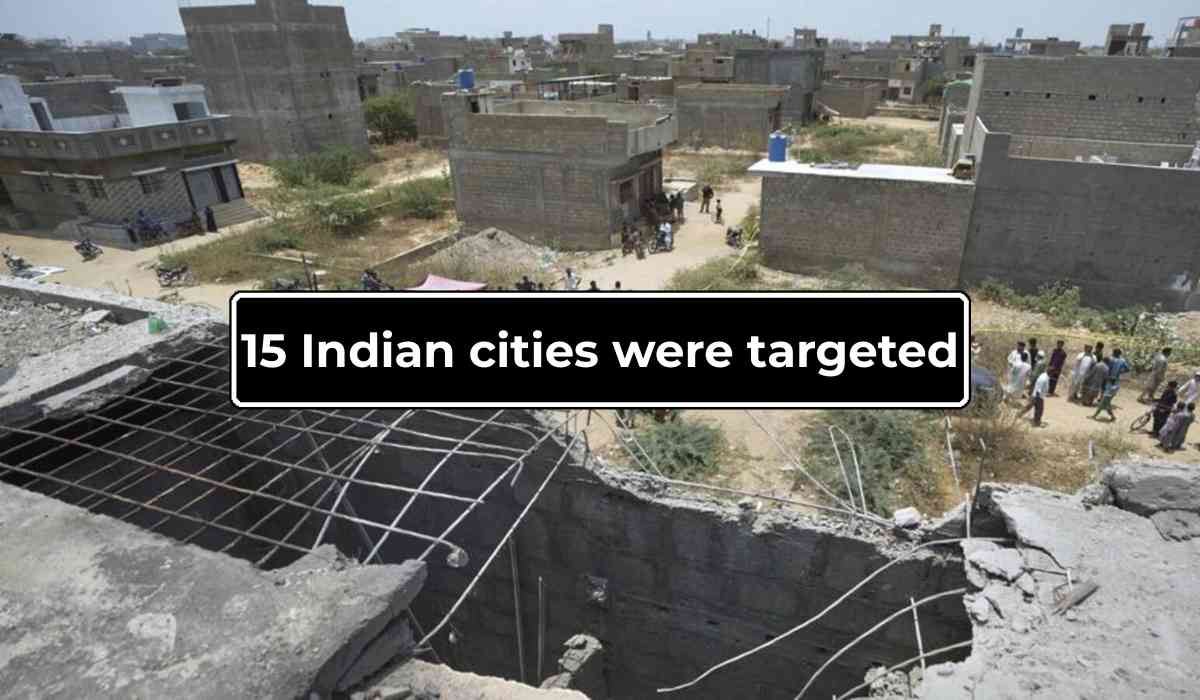In a dramatic escalation of military tensions between India and Pakistan, a chain of retaliatory strikes unfolded following the April 22 Pahalgam terror attack that claimed 26 lives, including civilians. India responded with Operation Sindoor, a precision military operation aimed at terror infrastructure in Pakistan and Pakistan-Occupied Kashmir (PoK). Pakistan, in turn, launched an escalatory attack on 15 Indian cities using drones and missiles, leading to a robust Indian counter-strike that neutralised key Pakistani air defence systems.

The Spark: April 22 Pahalgam Terror Attack
The chain of events began with a brutal terrorist attack in Pahalgam, Jammu and Kashmir, on April 22. The attack, which took place at the popular tourist destination of Baisaran Valley, resulted in the deaths of 26 people, including tourists and a local Kashmiri man. The Resistance Front (TRF), a proxy of the Lashkar-e-Taiba (LeT), claimed responsibility.
Investigations revealed that the attack was premeditated, with terrorist communication traced back to handlers in Pakistan. India’s Foreign Secretary Vikram Misri emphasized that this attack was part of Pakistan’s long-standing policy of cross-border terrorism, and warned that the absence of any meaningful crackdown on terror groups within Pakistan warranted a decisive response.
Operation Sindoor: A Measured Strike on Terror Camps
On May 7, India launched Operation Sindoor, a pre-emptive and retaliatory military operation targeting terrorist infrastructure. The strikes were carried out by the Indian Air Force and spanned nine key targets—four inside Pakistan and five in Pakistan-occupied Jammu and Kashmir (PoJK).
Key Details:
-
Duration: The operation lasted 25 minutes, starting at 1:05 AM.
-
Munitions Used: A combination of 24 precision-guided munitions, including HAMMER smart bombs and SCALP missiles, were deployed.
-
Targets: 9 major terror camps—4 in Pakistan (Bahawalpur, Muridke(Lashkar HQ and training camp), Sarjal, Mehmoona Joya) and 5 in PoJK (Markaz Ahle Hadith Barnala (Bhimber), Markaz Abbas, Maskar Raheel Shahid(Kotli), Shawai Nallah Camp, and Markaz Syedna Bilal(Muzaffarabad)).
-
Groups Targeted: Lashkar-e-Taiba (LeT), Jaish-e-Mohammed (JeM), Hizbul Mujahideen.
-
Casualties: Over 100 terrorists killed; several headquarters and training camps obliterated.
-
Approach: Focused, measured, and non-escalatory with no Pakistani military installations targeted.
Foreign Secretary Vikram Misri emphasized that despite credible intelligence and international scrutiny, Pakistan took no concrete steps to curb terrorism emanating from its soil. This compelled India to pre-empt and neutralize imminent threats.

Pakistan's Escalatory Retaliation: Drone and Missile Attacks on Indian Cities
Despite India’s deliberate avoidance of military installations, Pakistan launched a coordinated counter-offensive aerial attack on the night of May 7–8, targeting 15 Indian cities using drones and missiles. The cities spanned Gujarat, Punjab, Rajasthan, and Jammu & Kashmir and included:
Targeted Indian Cities:
-
J&K: Awantipura, Srinagar, Jammu
-
Punjab: Pathankot, Amritsar, Kapurthala, Jalandhar, Ludhiana, Adampur, Bhatinda, Chandigarh
-
Rajasthan: Nal, Phalodi, Uttarlai
-
Gujarat: Bhuj
Mode of Attack:
-
Weapons Used: Armed drones and missiles.
-
Objective: Strategic targeting of Indian military installations.
-
Indian Defence Systems Involved:
-
Integrated Counter-UAS Grid
-
Air Defence systems
-
S-400 Sudarshan Chakra air defence missile systems.
-
India’s Integrated Counter-UAS Grid and S-400 Sudarshan Chakra air defence systems responded swiftly, intercepting and neutralizing all incoming aerial threats. The debris recovered from multiple impact zones across India is now being analysed and used as evidence of Pakistan’s state-sponsored aggression.
India’s Counter-Response: Targeting Pakistani Air Defence Systems
India wasted no time in mounting a strategic counter-strike on the morning of May 8. Staying true to its warning that attacks on Indian military targets would provoke proportional retaliation, India targeted and destroyed Pakistani air defence systems.
Key Details:
-
Targeted Locations: Multiple sites in Pakistan, including a confirmed hit on an air defence radar system in Lahore.
-
Operational Philosophy: Same domain and same intensity as Pakistan’s attack.
Indian officials confirmed that the response was “in the same operational domain and with the same intensity” as Pakistan’s attempted attacks. Multiple strategic military targets were hit to cripple Pakistan’s air defence capabilities, thereby re-establishing deterrence without escalating the conflict further.

Cross-Border Shelling and Civilian Impact
In tandem with the aerial assaults, Pakistan also intensified unprovoked shelling and mortar attacks along the Line of Control, specifically targeting:
-
Kupwara
-
Baramulla
-
Uri
-
Poonch
-
Mendhar
-
Rajouri
Human Toll:
-
16 civilians killed, including 3 women and 5 children
-
1 Indian soldier also lost his life
India, under pressure to protect civilian populations, retaliated with artillery strikes to suppress Pakistani firing. However, the Indian Armed Forces reiterated their commitment to non-escalation, provided it is respected reciprocally by Pakistan.
India's Strategic Messaging and Global Posture
India’s actions have been guided by strategic restraint. Foreign Secretary Vikram Misri highlighted the need to deter and pre-empt further attacks, while simultaneously keeping the conflict below the threshold of all-out war.
“These actions were measured, non-escalatory, proportionate, and responsible. They focused on dismantling the terrorist infrastructure and disabling terrorists likely to be sent across to India,” – Vikram Misri, Foreign Secretary
Why India Struck Terror Bases First:
-
Direct Link to April 22 Pahalgam attack: Claimed by TRF, which is closely aligned with Pakistan’s ISI-backed terror apparatus.
-
Intelligence Inputs: Revealed ongoing mobilization of terror modules for future attacks.
-
Goal: Pre-emptive neutralization of future threats, demonstrating India’s right to self-defence under international law.
Why India Struck Pakistani Military Assets Later:
-
Despite its restraint during Operation Sindoor, India's red line was crossed when Pakistan targeted military infrastructure on Indian soil.
-
Hence, targeting Pakistan’s air defence systems was a calculated and justified escalation.

Official Indian Standpoint and Global Messaging
Foreign Secretary Vikram Misri and Defence Minister Rajnath Singh have underscored that:
-
India does not seek escalation, but reserves the right to defend its territory and citizens.
-
All actions taken have been measured, proportionate, and focused solely on terror and military threats—not civilians.
-
Pakistan’s denials and allegations continue to be contradicted by mounting physical evidence.
Evidence and International Implications:
-
Drone/missile debris found at various Indian sites.
-
Communication intercepts link attackers directly to handlers in Pakistan.
-
International community is being briefed on India’s restraint and Pakistan’s provocations, increasing diplomatic pressure on Islamabad.
A Critical Juncture for South Asia
The past week has witnessed one of the most serious escalations between India and Pakistan in recent years. India’s Operation Sindoor and the follow-up strikes have set a new precedent in counterterrorism operations—combining military precision with diplomatic clarity. Meanwhile, Pakistan’s retaliatory moves targeting Indian military assets and civilians have drawn sharp criticism.
Yet, even amid this rising tension, India has reiterated its commitment to non-escalation—provided that such principles are mutually respected. The coming days will be crucial in determining whether diplomacy can prevail or whether further military engagement looms on the horizon.
With inputs from agencies
Image Source: Multiple agencies
© Copyright 2025. All Rights Reserved Powered by Vygr Media.






















